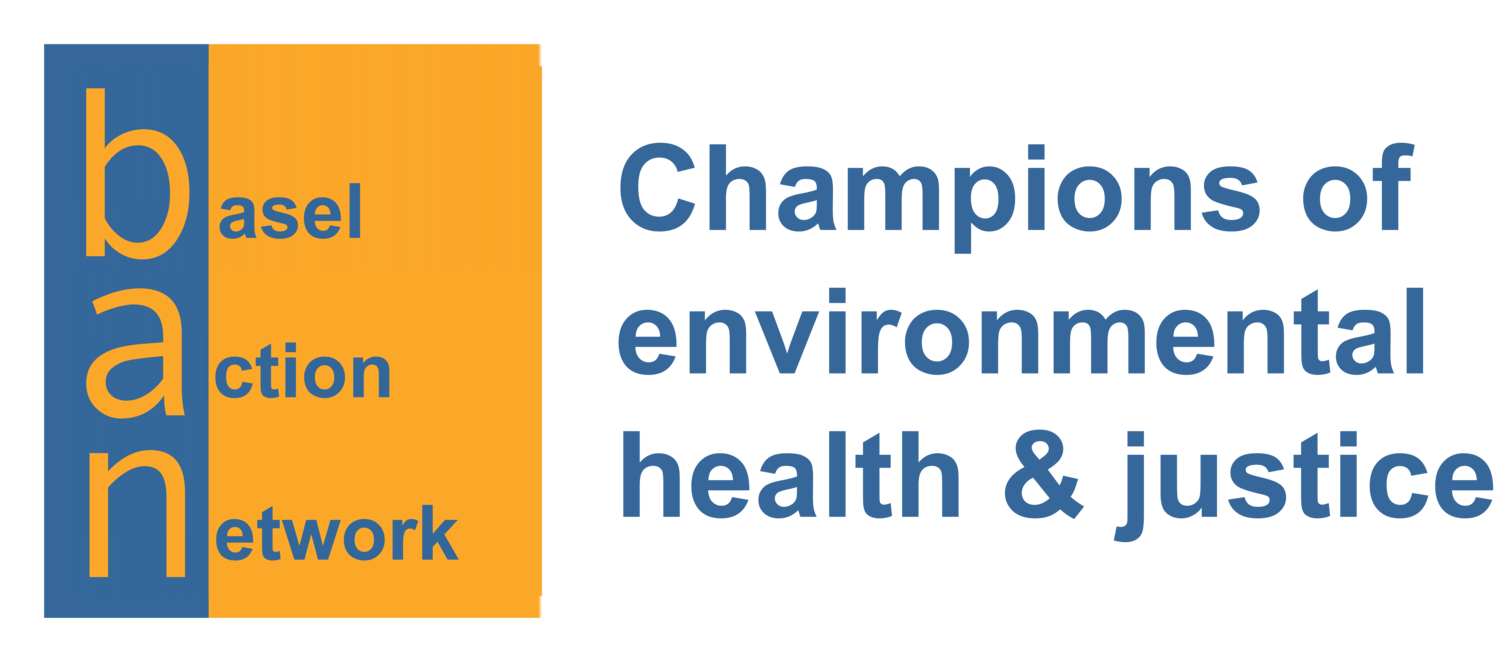Author: Karen DeWitt
Environmental groups in New York say a top priority in 2024 will be getting a law approved that would cut the amount of plastic packaging in consumer products in half over the 12 years and help combat climate change. It faces fierce opposition from the plastics industry. The bill would also step up recycling efforts and ban a form of plastics recycling known as chemical recycling, which heats the plastic waste to a high temperature and converts it into a form of fossil fuel.
Read More